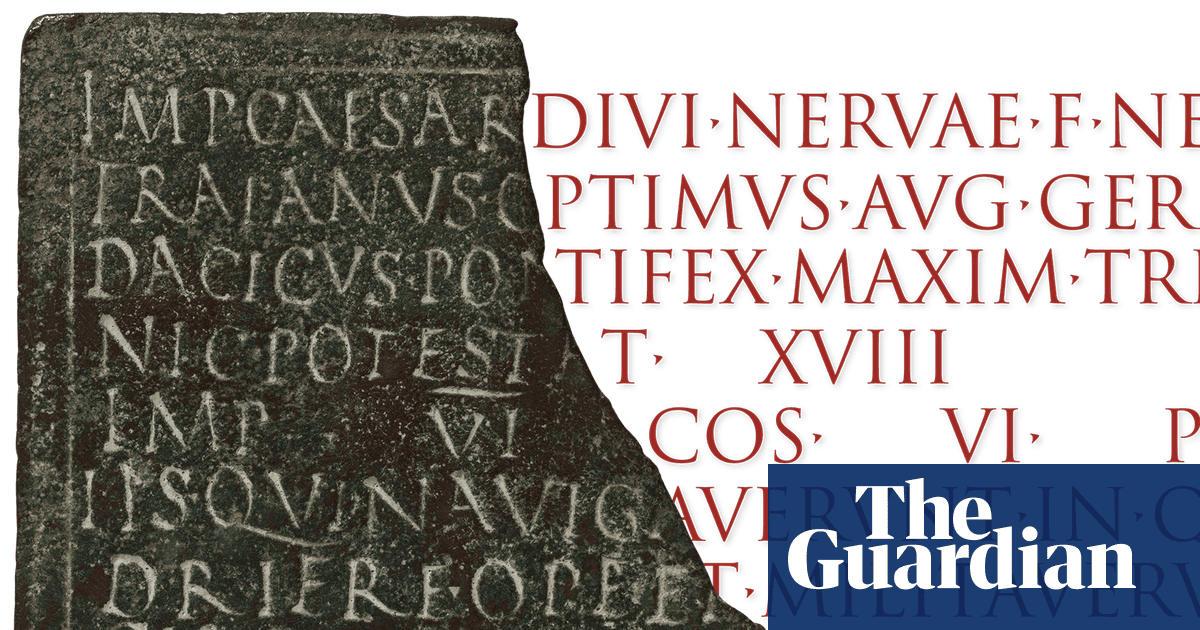I bet I could do that too, hallucinate some bullshit that seems like it could fit in the gaps.
Romanes eunt domus
It isn’t quite as crazy as it sounds when you consider that a lot of inscription texts are pretty formulaic—epitaphs, dedications, and such. Plus, we have plenty of surviving writings in classical Latin, so we know the grammar pretty well. Given those things, I’d expect an AI trained on the corpus of inscription texts that have survived without significant damage to be able to make reasonable suggestions about formulaic texts.
Really, when you think about it, a trained human presented with a damaged inscription text won’t be doing anything much different from what an LLM would do: they’ll try to fill in the text with the most likely words based on any remaining traces of letters, and their knowledge of other, similar texts. The problem is getting the LLM to communicate its level of certainty about the fill-ins it’s offering.
That and (at least for now) it may be difficult to communicate contextual information to an LLM that a human historian or philologist may be able to take in implicitly.
This has actually been done for quite a long time. Roman historians could look up common words in databases from partial words and get a pretty good guess at the overall inscription from context.
Who knew the Romans were such big fans of squarespace?
Who knew this inscription was about “Biggus Dickus” all along?
Does it also mention his wife, Incontonentia Buttocks?
What a joke



